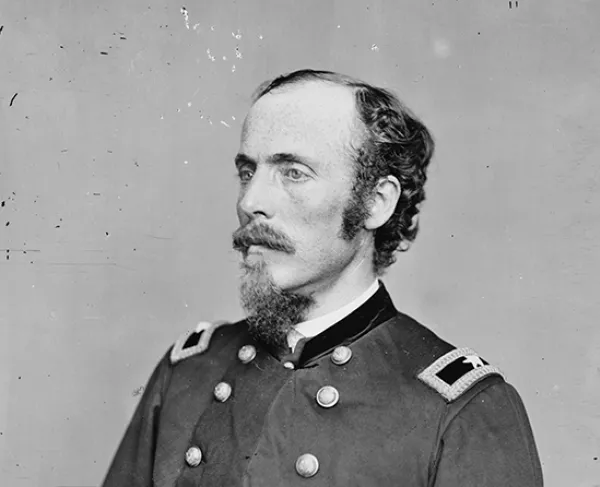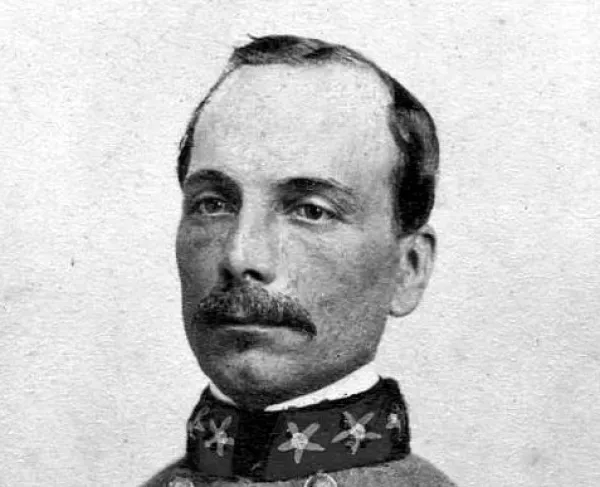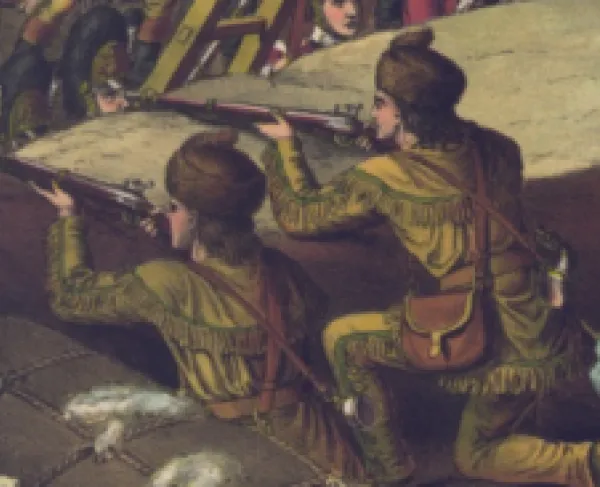Emerson Opdycke

Emerson Opdycke was one of those individuals who abandoned civilian life to fight for their beliefs and discovered a talent for the army. In the tradition of great American citizen-soldiers, this Ohio merchant would ultimately find himself in the right place at the right time to do tremendous service for his country.
Samuel Emerson Opdycke was born in Trumbull County, Ohio on January 7, 1830. His father was a veteran of the War of 1812 and his grandfather had been a captain of New Jersey militia during the Revolutionary war. However, Opdycke did not initially follow their paths and after two brief attempts to strike it rich during the California Gold-Rush, he settled in Warren, Ohio to live the peaceful life of a merchant.
While in Warren, Opdycke was exposed to and took an interest in abolitionist teachings. After the First Battle of Bull Run, he enlisted in the 41st Ohio Infantry and was mustered in as a 1st Lieutenant on August 26, 1861. Under the tutelage of the regiment’s commander, Col. William B. Hazen, Lt. Opdycke was discovered to have a great aptitude for military routines. Promoted to Captain in January of 1862, he was chosen to train other volunteer officers in his brigade. As a Captain in the 41st Ohio, Opdycke served with distinction at the Battle of Shiloh, seizing the regimental colors and rallying his men, despite being wounded.
After Shiloh, Opdycke resigned his commission and returned to his home state to recruit the 125th Ohio. With Opdycke as its colonel, the 125th—known as “Opdycke’s Tigers”—was sent to Kentucky in time to participate in the Tullahoma Campaign. In September of that year the regiment played an important part in the stand at Horseshoe Ridge during the Battle of Chickamauga. In the subsequent battles near Chattanooga, Opdycke led a portion of his brigade up the slopes of Missionary Ridge—some of the first Union troops to reach the summit.
Col. Opdycke was given command of a brigade in the spring of 1864 and led it through the Atlanta Campaign. Though badly wounded at Resaca, he nevertheless led his brigade on the rocky heights of Kennesaw Mountain.
In August, Opdycke was transferred to a brigade in Brig. Gen. George D. Wagner’s division and served in that capacity for the duration of the war. At the Battle of Franklin, Gen. Wagner deployed his force in a precarious advanced position in front of the main Union defensive line. Opdycke, however, withdrew his brigade to a reserve position behind the primary Federal works. When the forward elements of Wagner’s command were overrun by the Confederate charge, fleeing Yankees allowed the Rebels to break through the Union line in the vicinity Carter house—right where Odpycke had placed his brigade. Opdycke led his troops in a furious countercharge that repelled the Confederates and sealed the breakthrough, capturing ten Rebel battle flags in the process. Opdycke received a brevet to Major General of Volunteers for his actions and was later officially promoted to the rank of Brigadier General in July of 1865.
Following the war, Opdycke moved to New York, where he returned to the merchant trade, selling dry goods. On April 25, 1884, the former general accidentally shot himself while cleaning his pistol and died three days later. Emerson Opdycke buried in his hometown of Warren, Ohio.


